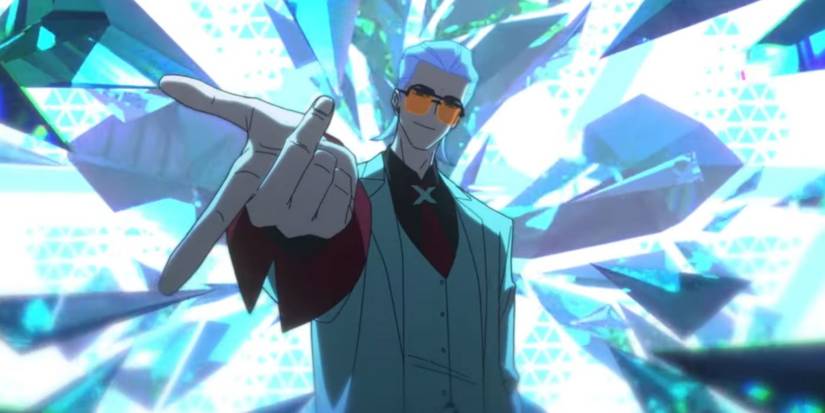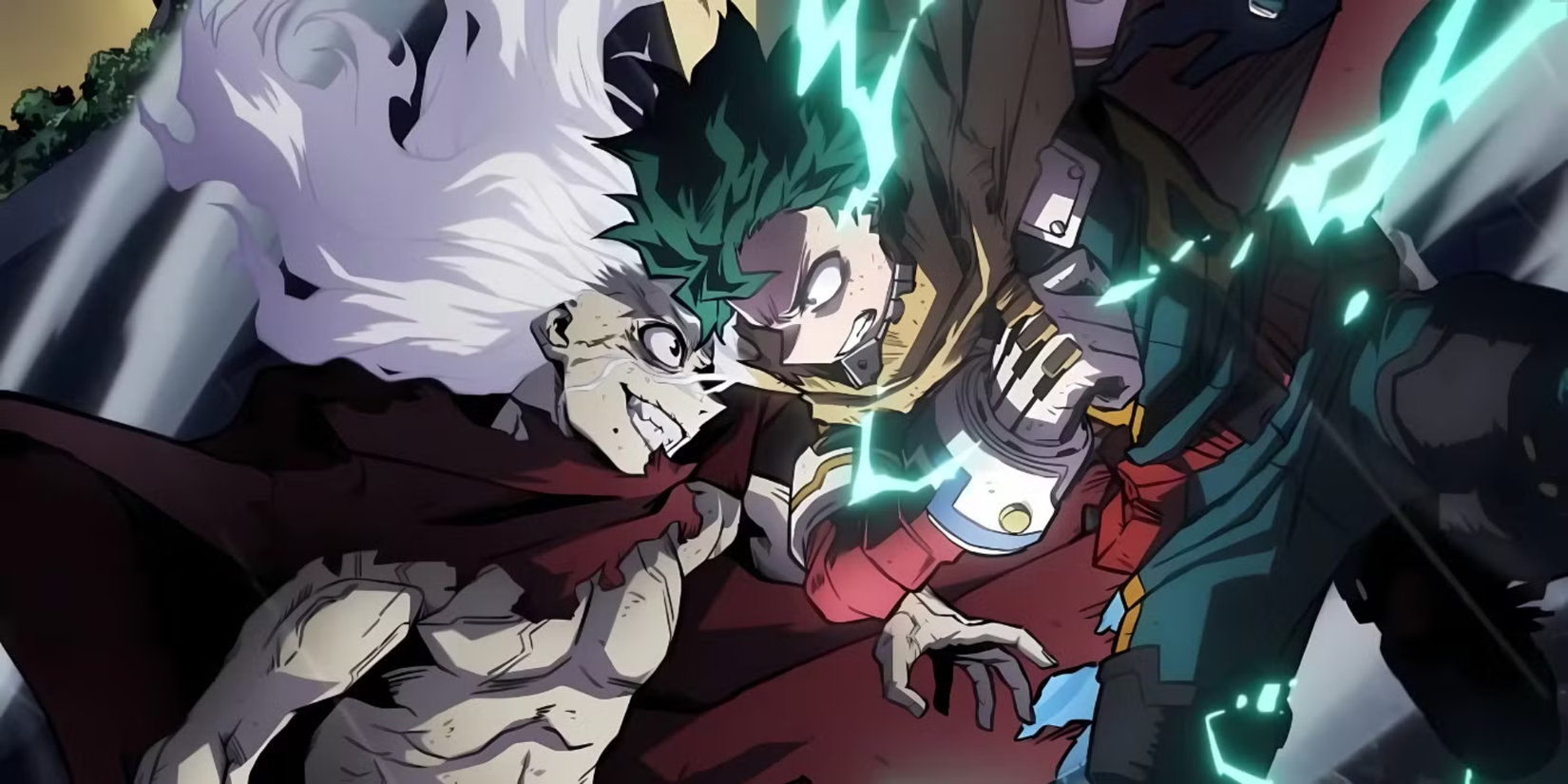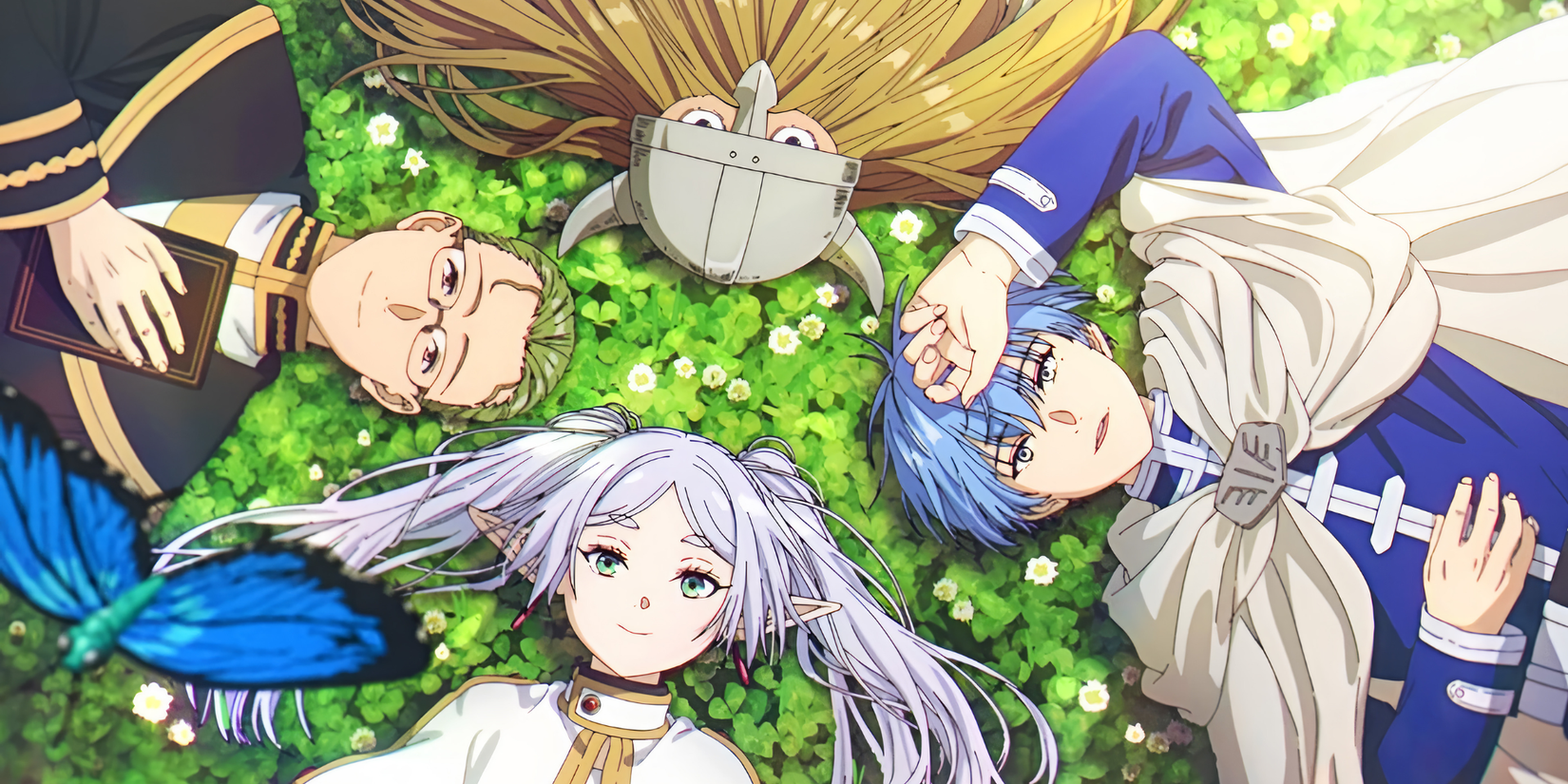The power of hype in anime is often all-encompassing, dictating what series rise and fall in any given release cycle. For many in October 5, 2015, exactly one year ago one anime rose above the rest. Championed by Studio Madhouse, featuring music from anime supergroup JAM Project and a stellar staff, One-Punch Man was a dominant force.
One-Punch Man’s popularity defied its absurd premise; after all, what’s the point of a hero so strong he can kill virtually anything with one punch? In Saitama’s case, he wonders that exact thing as he seeks fulfillment, which is what endears viewers to him. One-Punch Man is an exceptional treat, yet other anime steal the shine from Saitama’s bald head.
The Disastrous Life of Saiki K
Although One-Punch Man eventually moved to J.C.Staff, it never quite attained the acclaim in season 2 that similar anime from the studio received. While Saitama laments being so strong he can’t find a worthy opponent, Saiki K’s protagonist, Kusuo Saiki, merely wishes to live an unremarkable life. As some may guess, such a life isn’t for Kusuo.
Instead of Saitama’s limiter removal after mundane strength training, The Disastrous Life of Saiki K focuses on a psychic protagonist whose immense gifts often bring the trouble to his doorstep. It’s a gut-busting palate-cleanser that deservedly gets recommended a lot. With 120 episodes, it’s more than sufficient as an anime replacement for One-Punch Man.
To Be Hero X
While technically a donghua, or “Chinese anime”, To Be Hero X demands any otaku’s attention with its incredible 2025 debut. The Crunchyroll hit features a blend of full 3D and 2D animation as they seamlessly switch, seemingly to convey the titular Hero X’s abilities to alter reality at the snap of a finger.
Beyond the superhero connection quickly winning over One-Punch Man fans, To Be Hero X laces some fascinating commentary into its plot. Its heroes are commodified, and the more people idolize them, the more powerful they can get. While nowhere near a 1:1 to One-Punch Man’s premise, it’s made a similar splash with its first season, with a bright future.
Kaiju No. 8
Naoya Matsumoto’s iconic Shonen Jump+ series is an excellent substitute for One-Punch Man, and again, shares J.C.Staff as an animation studio. However, Kaiju No. 8 has been more consistent with its quality, with fans adoring Kafka Hibino’s personable charm backed by a team of lovable Japanese Anti-Kaiju Defense Force allies.
Kafka, instead of push-ups, sit-ups, squats, or even running, gains unimaginable strength when he accidentally injests a small kaiju creature, becoming the series’ titular creature. The series can easily be viewed as an homage to One-Punch Man’s heights with Kafka’s hilarious feats of strength. But the series earns its distinctions from ONE and Yusuke Murata’s hit.
Kaiju No. 8, instead of featuring a protagonist stricken with ennui in the face of absolute power, shows a man seemingly past his prime, still grasping at his dreams. His new powers make him a possible threat, but he fights to prove at every chance that he’s an asset, knowing his friends are strong enough to back him up.
Kill la Kill
Studio Trigger roared onto the scene with this and Little Witch Academia in its first year. Kill la Kill feels like a natural substitute for One-Punch Man, but that’d be a disservice, as the anime is an original series predating Madhouse’s inaugural season. Kill la Kill, instead of superheroes, injects its edge into the well-worn Magical Girl genre.
The anime focuses on Ryuko Matoi as she embarks on a quest for revenge against her father’s killer. This leads her to the Honnouji Academy, where she lands at odds with their student council and must cooperate with a sentient school uniform, “Senketsu”, that grants her the Scissor Blade, capable of cutting through the Goku Uniforms protecting her adversaries.
The premise alone is bonkers and different enough to stand apart from One-Punch Man to not feel as overt a replacement. The series is characteristic of the wild style and charm Trigger would bring to later projects, and is an absolute must-see for fans of subversive action-comedy anime.
Trigun Stampede
While the original Trigun is absolutely worthwhile as well, Trigun Stampede was another glowing example of the best that 3D CG anime can bring when done right. With Beastars veterans Orange at the helm, Yasuhiro Nightow’s seinen classic gets a new, vibrant lease on life. Trigun Stampede is not a remake; it’s a reimagining, and a glorious one.
At the center of Trigun Stampede’s story is Vash the Stampede, the troubled Plant gunslinger with a heart of gold. His pacifism doesn’t seem to fit the brutal post-apocalyptic setting, driving him to incredible feats of skill while preventing harm, a subversive heroic trait predating Saitama’s handily. The anime’s gorgeous, Disney-like fluidity will win over any newcomer easily.
My Hero Academia
A Weekly Shonen Jump series comparison was inevitable, but My Hero Academia’s main hook over One-Punch Man, aside from just generally having a consistently strong run, is its focus on evoking a comic book feel. The series is an even more perfect transition for comic fans curious about anime and manga, thanks to Kohei Horikoshi’s visionary style.
Unlike Saitama, Izuku Midoriya has a more complicated relationship with powers, or Quirks as they’re known, but the two similarly start out powerless before attaining incredible strength. However, for One-Punch Man fans, the interesting comparison is actually between Saitama and MHA’s All Might, and how they respectively subvert the image of an overpowered superhero archetype.
My Hero Academia’s main advantage over One-Punch Man is the consistency of its quality, especially considering the latter’s noticeable downhill shift in season 2. It’s an early winning example of how seasonal anime can make a Shonen Jump shine as more than a manga cash cow thanks to Studio Bones’ exceptional production.
Devilman Crybaby
This anime provided a glimpse into the unique stylings of Science Saru well before Dandadan ever became a thing. Based on Go Nagai’s iconic Devilman manga, this series is a dark seinen spin instead of One-Punch Man’s anti-shonen take on the overpowered protagonist. Akira Fudo’s Devilman is fascinating, and the anime’s new character designs are phenomenal.
Devilman Crybaby and One-Punch Man also share impressive accolades as some of the highest-regarded anime of the era. But the Netflix-original streaming hit has an advantage as a well-regarded limited run. Beyond superhero fantasy, though, Devilman Crybaby is packed with cerebral themes worth discussing far after it’s over.
Assassination Classroom
Debuting a few months before One-Punch Man, Lerche’s Assassination Classroom was an acclaimed Shonen Jump gem that endeared fans to Yusei Matsui long before The Elusive Samurai. But Assassination Classroom flips the overpowered protagonist on its head, instead introducing its most iconic hero as a mysterious, tentacled being whose death will save the world.
The creature is viewed as a deadly threat, unable to be contained by conventional military might, instead taking on a teaching role at Kunugigaoka Junior High School with the express purpose of teaching the students to kill him by the end of the school year. However, he turns out to be a remarkable teacher, earning a stellar reputation for the anime.
Assassination Classroom’s premise is unique, and its central creature, dubbed Koro-sensei, is far more than meets the eye. His overpowered nature reads similarly to Saitama’s, but with the stakes wildly different in this story, and a second season that’s reasonably less of a downgrade than for One-Punch Man, Assassination Classroom stands on its own merits.
Mob Psycho 100
There’s not much else to say that hasn’t already been stated about Mob Psycho 100 as ONE’s superior anime adaptation. In fact, by many, it’s considered among the best anime ever made thanks to its uplifting nature and stellar animation. But those are generic accolades by themselves.
Mob Psycho 100 follows Shigeo “Mob” Kageyama as he strives to live a normal life while keeping his psychic powers in check. Should his emotions be too strongly provoked, it could mean disaster. Studio Bones faithfully adapted ONE’s manga, and even kept his crude yet expressive art style, making Mob Psycho 100 the uplifting masterpiece One-Punch Man fans deserve.
Frieren: Beyond Journey’s End
While Frieren: Beyond Journey’s End’s vibes might deceive newcomers, it features one of the greatest overpowered protagonists in all of anime. But in Frieren’s case, her additional edge is her ageless longevity as an elf. Much like Saitama, though, Frieren’s gifts often come with a psychological cost; in her case, it was a lack of appreciation of life’s ephemeral nature.
Much like Saitama, though, Frieren’s gifts often come with a psychological cost; in her case, it was a lack of appreciation of life’s ephemeral nature.
Frieren’s lifespan has stretched past 1000 years, during which she has gained considerably more wisdom than Saitama. Having lost who turned out to be clearly the love of her life, Frieren’s journey is to communicate with Himmel the Hero beyond the grave, but in doing so, she takes on apprentices and companions with problems of their own.
Frieren: Beyond Journey’s End is a Madhouse masterpiece, with season 1 surpassing One-Punch Man’s famous first outing easily. Frieren’s fights, emotional beats, and engrossing visuals soar, with the anime world rallying behind it as the generation’s greatest hit. It’s mostly a matter of whether One-Punch Man can regain its glory with season 3, to hopefully stand next to Frieren.












